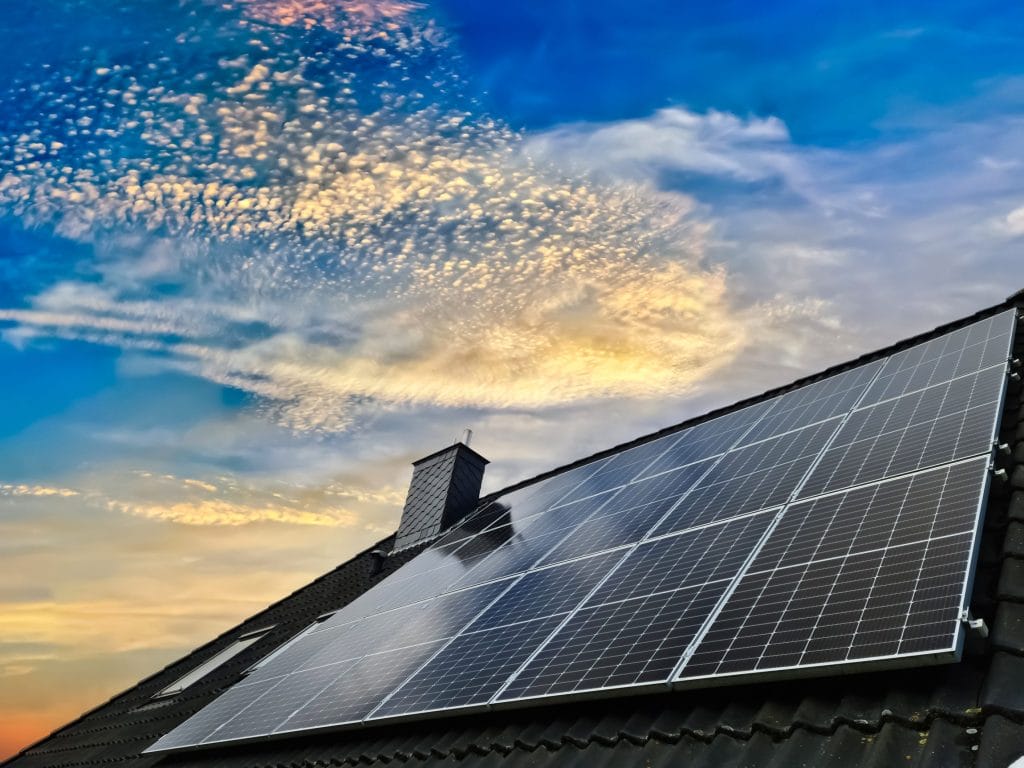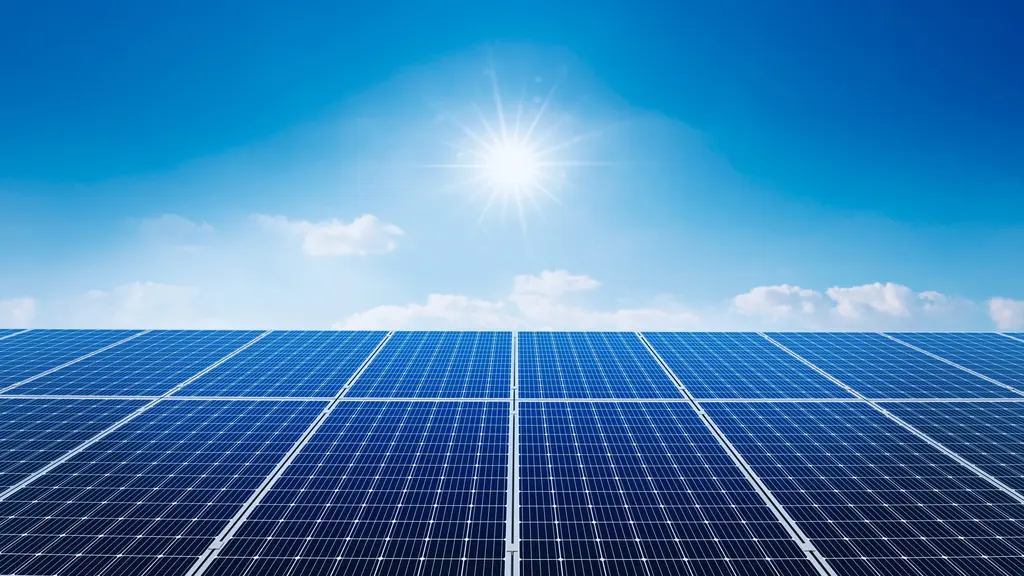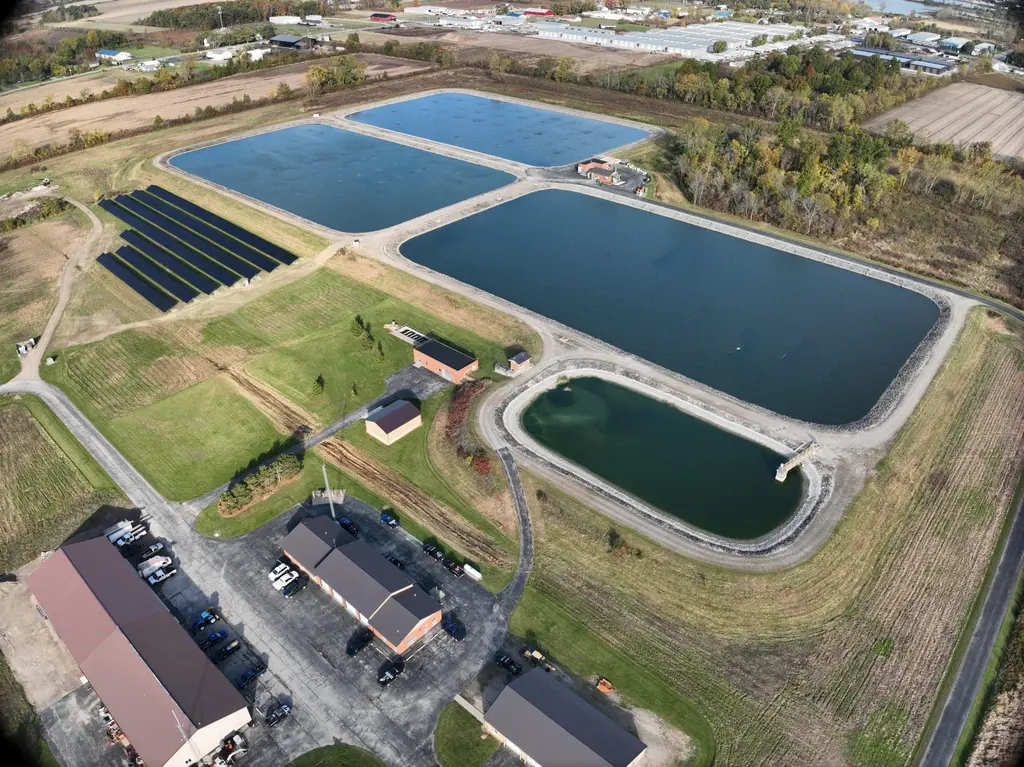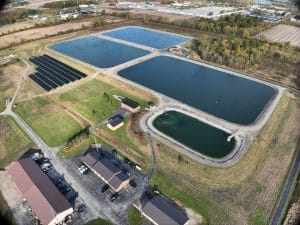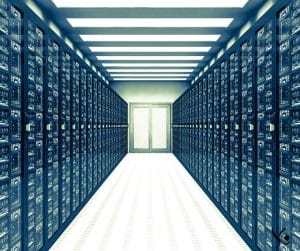Like all emerging technology-based businesses, the solar industry continues working on technical improvements. According to physicists, the theoretical maximum possible efficiency of a solar cell is 31%. Current laboratory cell efficiencies are hovering around 24%. So there is some room for growth in efficiency, but as the maximum efficiency is approached, each incremental increase is smaller and harder to achieve than the previous one.
Today, low-cost crystalline solar cells are by far the most dominant technology type available, holding 85% of total market share. Numerous laboratories continue to experiment with alternative technologies that could exceed the 31% efficiency cap of standard crystalline silicon, but none of these are close to commercial readiness. Any new start-up technology promising a significant efficiency boost would face serious cost hurdles and a long timeline to compete with crystalline silicon on a lifetime cost-of-energy basis.
While manufacturers have continued to improve solar panel efficiency, they have found more efficiency (and more savings) in reducing their manufacturing costs. As solar panel prices drop, it is that manufacturing efficiency, and the growth in scale of solar manufacturing operations, that are driving those cost reductions. Solar panel prices are not likely to drop much further, because if they did, the manufacturers would be forced out of business.





